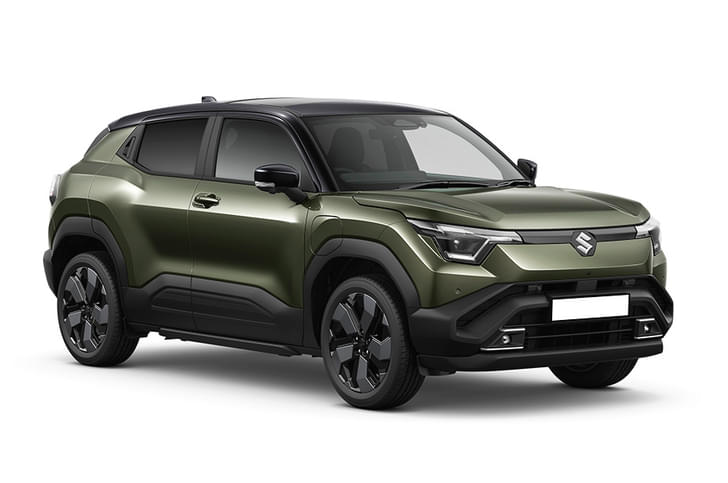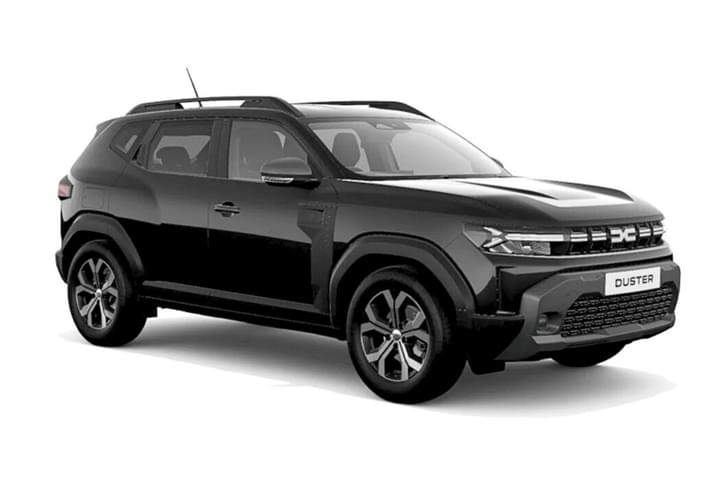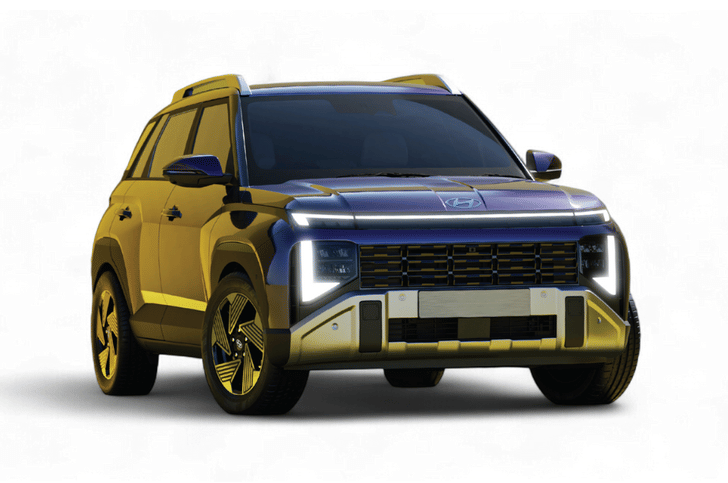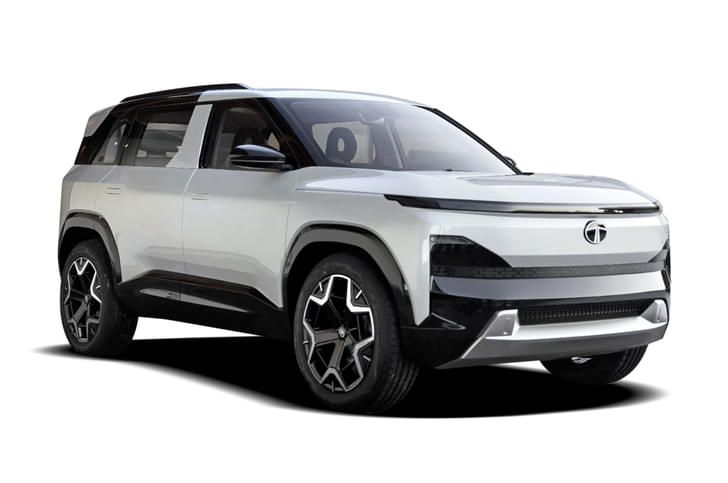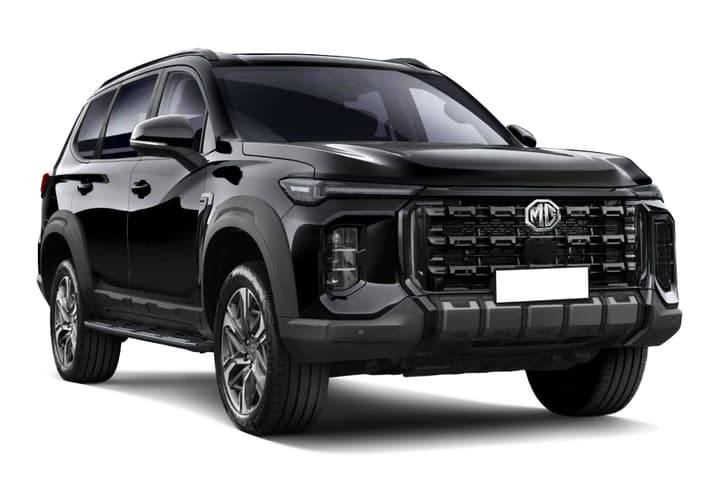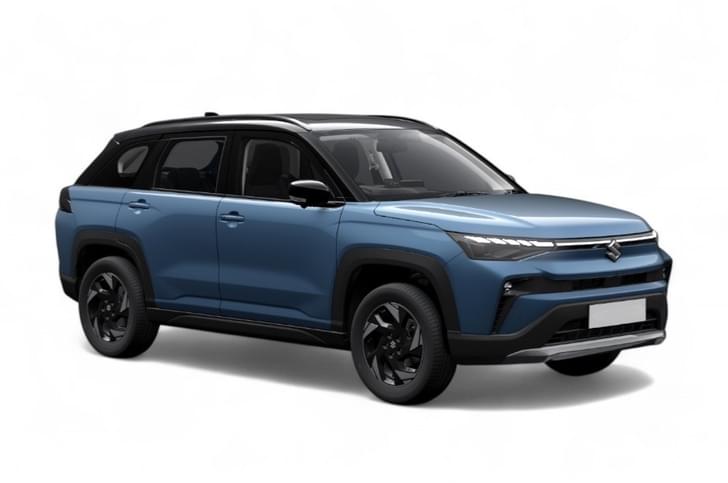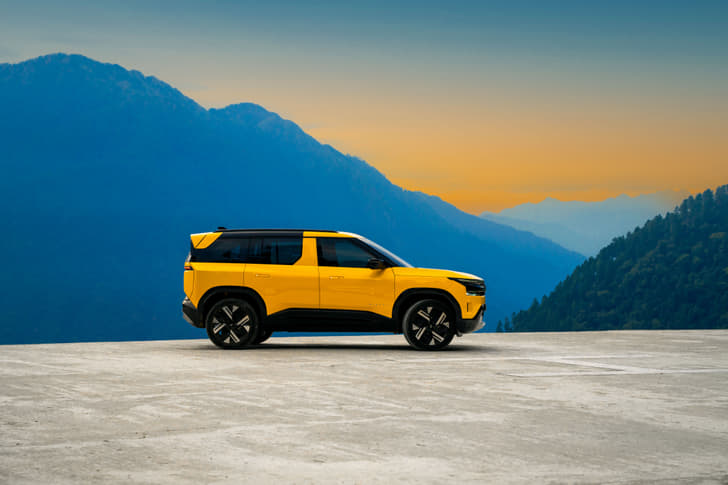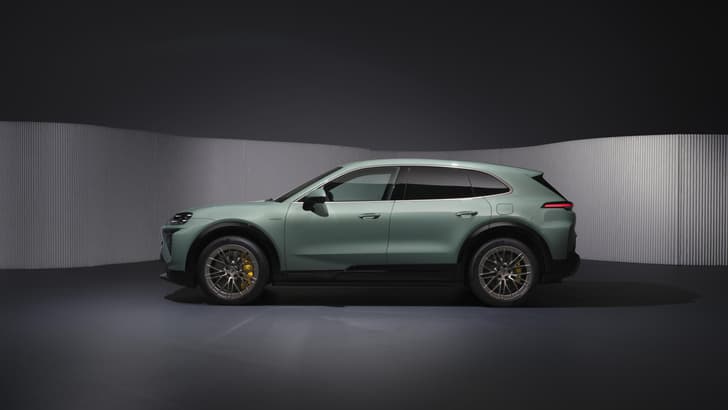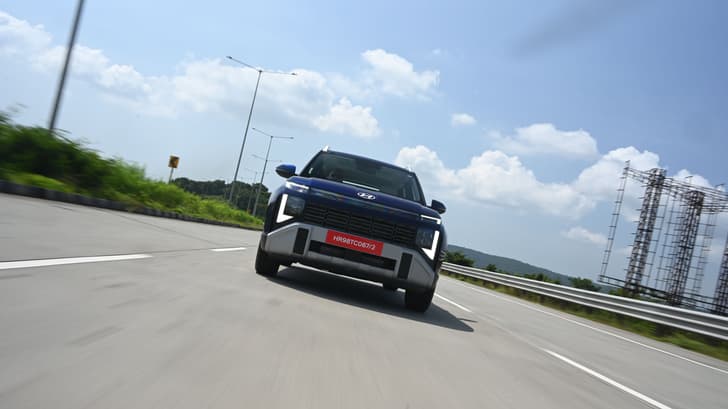What is it?
Let’s start with what the Qute is not. And that is a car. Yes, the Qute has four wheels but a car it isn’t. This is a vital point to understand because the Qute is not governed by the same regulations as the cars you and I are familiar with. What the Qute actually is, is India’s first ‘quadricycle’. Think mid-way point between a three-wheeler and a traditional car and you’ll be close. The ‘quadricycle’ vehicle category itself is new to India, having been officially notified by the government only a few months ago. The fact is the status of quadricycles has been the subject of much debate in government think-tanks, stakeholder conferences and even the courts for over half a decade. This should explain the six-year gestation period between Bajaj showing the first concept (known as RE 60 back then) at Auto Expo 2012 and actually being able to sell the final product you see here. For Bajaj Auto, the battle is still half won. As per present regulations, quadricycles can only be used as commercial vehicles. However, Bajaj sees huge potential for the Qute as a private vehicle too and has initiated the process to have the powers that be make the quadricycle category wider in scope.
Bajaj Auto insists the Qute is not a like-for-like alternative to a car, nor is it here to replace the three wheeled autorickshaw. Bajaj’s thinking is that while cars, by virtue of their specifications, are suited to inter-city travel, even the smallest of the lot are too big, too heavy and too expensive to run for the average intra-city commute. Three wheelers, on the other hand, offer great manoeuvrability and low running costs but lack adequate all-weather protection and are simply not the vehicle of choice for private buyers. And, of course, there is the matter of safety too. The Qute is, in Bajaj’s words, ‘an idea whose time has come’; a vehicle that combines the stability, comfort and protection of a four-wheeler with the running costs, carbon footprint and ease of use of a three-wheeler. Could the Qute be the ideal solution for your harrowing commute to work? Time to take a closer look.
What’s it like on the outside?
First and foremost, let’s talk size. The dinky-sized Qute is all of 2,752mm long, 1,312mm wide and 1,652mm tall, so it is well within the quadricycle dimension restrictions of 3,000mm, 1,500mm and 2,500m, respectively. The diminutive footprint means the Qute occupies 30 percent less road space than a Maruti Suzuki Alto 800, for instance.
The Bajaj is not a looker, but it is cute (pun intended) in its own way. The high roof, narrow body and small 12-inch wheels (alloys no less) give it a gawky stance and form follows function here. There’s a simple halogen headlight arrangement up front with the ‘Qute’ logo taking pride of place right on the bonnet. Like a Tata Nano, the Qute is rear-engined so here too the bonnet opens to reveal a small storage bay that is good to hold a few small bags. The Qute looks almost comical in profile but Bajaj sure has tried to uplift the look with a mild crease at the shoulder line and prominent slash lower down on the doors. At the rear, a plastic surround lines the windscreen but note there’s no provision for an openable tailgate. Access to the engine is via a lockable flap lower down on the bumper.
The Qute is built around a monocoque structure that uses high-strength steel in its construction. Bajaj engineers say high-strength steel was an expensive option but gives the Qute the desired rigidity and has also helped keep weight down. The petrol Qute weighs in at 452kg while the CNG Qute tips the scale at 504kg. The outer panels are plastic and Bajaj says it has ensured parts are easily repairable to keep replacement costs to a minimum.
Coming to the core issue of safety, the Qute is out of the purview of the new crash test norms that all cars must clear to be eligible for sale in India. However, Bajaj says the Qute complies with all applicable norms for quadricycles, a limited top speed of 70kph being one of them. The Qute has also been certified for full frontal impact at 35kph. Still, forget ABS and airbags, the Qute does not feature even disc brakes up front. Bajaj holds that given the low speeds the Qute will be operating at, the all-round drum brake arrangement is sufficient for braking duties.
What’s it like on the inside?
In a word, basic. This is an absolute no-frills cabin. A step up from an auto rickshaw, sure, but far from modern ‘car’ standards. Drivers sit at a nice height and the large glasshouse gives a good view of the road ahead. There’s not much to the view inside, though. The dashboard is functional with lockable storage recesses on either side of the centre console, atop which sits the speedometer. There’s no tacho but you do get a handy digital display for the gear indicator, and there’s also the option of equipping the Qute with an audio system. The gear selector sprouts out from the dash and is easy to reach, but notice the absence of vents on the dashboard? Well, the Qute doesn’t have a ventilation system! You can let in air via the elementary sliding windows but on a hot day there is just no escaping the heat. We foresee buyers accessorising their Qutes with battery-operated fans, or perhaps even doing away with the windows altogether and fixing canvas roll-ups instead.
The Qute is certified as a four-seater (including the driver) and, honestly, it’d be tough to even try fitting more passengers in. There are individual seats up front, but drivers will find themselves sitting rather close to the front seat occupant. What’s a shame is that none of the seats come with head restraints, exposing occupants to the risk of whiplash injury in the event of a collision. Also, rear seat occupants only get static reel seat belts. Blame the small size of the rear doors for the slightly inconvenient access to the back seat, but on a rainy or cold day, you’d just be happy the Qute has doors. There’s plenty of sitting room in the back for a vehicle so small and comfort is leagues better than in an auto rickshaw.
There’s also a reasonable amount of storage space on offer. In addition to the shelves on the dash, the Qute gets fair-sized front door pockets, you can slide in a slender laptop bag behind the rear seats, and should you need more space you can also fold the split rear seat backrests. Petrol versions also get some storage under the front seats, though the space is occupied by the 35-litre tank in CNG models. A roof carrier that can hold up to 40kg of luggage is also available as a paid extra. Oh, the spare wheel is positioned inside the cabin in the co-driver's footwell.
What’s it like to drive?
Before I get my hands on the Qute, Bajaj officials suggest I take the handlebar of the RE three-wheeler around the Chakan test track. I’ve ridden a three-wheeler before, but it still takes a minute or two to re-orient myself with the dynamics. I take it easy in the corners too – I don’t want to test the RE’s or my limits.
Behind the steering wheel of the quadricycle, the fundamental point of difference between the RE and the Qute immediately comes shining through. And that is the sense of stability the fourth wheel adds. It unsurprisingly makes a world of a difference in the piloting experiences. The Qute is no sportscar but even in corners taken close to its modest max speed, it feels grounded. The Qute even makes it through the slalom course Bajaj has laid out without much drama. There’s an anti-roll bar up front and it sure seems to be doing its job. The plucky Bajaj also comes to a quick stop in the braking test from 50kph. A three-wheeled RE would be downright scary in the same manoeuvres, that’s for sure.
In more average driving situations, drivers will find the Qute’s unassisted steering light and will also appreciate in the Bajaj’s ability to turn on a dime – it has a turning radius of just 3.5 metres. We couldn’t put the Qute through the full torture test on public roads, so we’ll reserve final judgement on ride comfort for the moment. Still, on the odd bump on Bajaj’s test track, the Qute felt more absorbent than its three-wheeled sibling that is notorious in how it transmits all road shock to the passenger’s spines. Laden ground clearance is 158mm.
Aah, performance. A look at the specs first. The Bajaj Qute comes powered by a 216cc, single-cylinder, twin-spark, liquid-cooled engine that drives the rear wheels. In petrol form, the engine makes 13.2hp and 18.9Nm of torque while the figures drop to 11hp and 16.1Nm for the CNG version. Both versions use a 5-speed sequential gearbox; push up for an upshift, pull down for a downshift.
With a power figure just in the double digits, the Qute CNG is obviously no Usain Bolt. But thanks to extremely short gearing, performance is not as glacial as the specs would suggest. Initial acceleration (up to 30kph or so) is half decent, so you won’t be left behind in typical stop-start traffic. Where the Qute will lack pace is open city roads. Our VBOX test gear gave us a 0-60kph time of 26.9sec, making the Qute one of the slowest cars or should we say ‘four-wheelers’ we have ever tested.
That being said, the Qute was never about acceleration times at all. As Bajaj Auto executives tell us, “low running costs is the game in commercial vehicles”. Bajaj claims the Qute CNG can deliver 45km/kg of CNG while the Qute petrol can stretch each litre for 35km. The latter figure, says Bajaj, makes the Qute 60 percent more efficient than ‘the most popular car’. Again, only a full test will give us the complete picture.
First verdict
Till such time the Qute becomes available for private use, the best way to experience it would be to summon one as a cab. It’s a step up from the ubiquitous auto rickshaw alright, but could it just be an option for budget car buyers too? No doubt, the Qute offers immense savings in running costs but when you factor in the estimated Rs. 2.6 lakh price which is about Rs 1 lakh more than its three-wheeler sibling, it makes the similarly priced Nano look like great value. Quite frankly, the Quite is too much of a compromise to be considered as a personal car. It’s just too basic and is unabashed barebones transportation that offers the very minimum in performance and comfort. There is also the question mark on safety. Sure, Bajaj will market it as an intra-city vehicle and we believe that in a low-speed environment it doesn’t require car-like standards of crash worthiness. But in the absence of specific regulations that ban quadricycles on highways and expressways, there’s little to stop buyers from using it as a ‘car’; the mismatch in speed between the Qute and faster traffic can be catastrophic.
Look at it as not more than an auto rickshaw with a fourth wheel and the Qute makes a much better case for itself. And a much safer one at that.



























